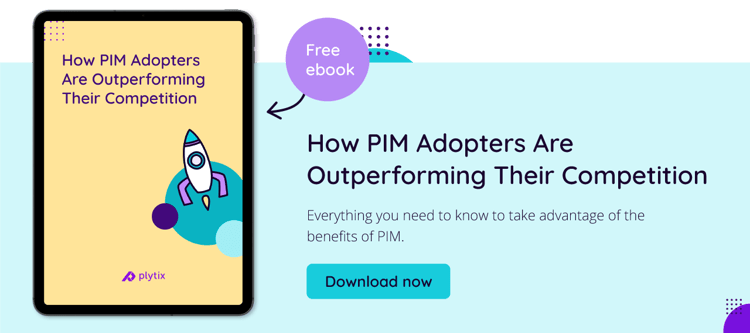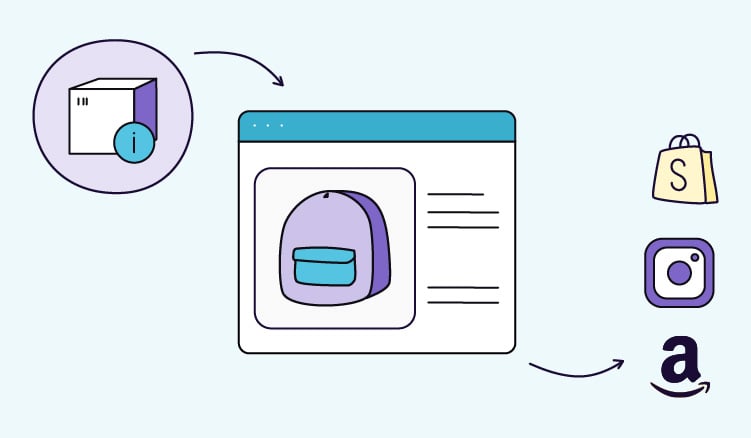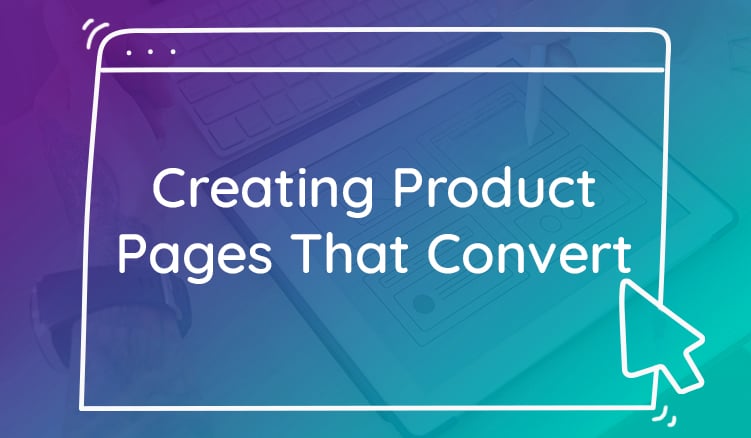While many retailers and brands are increasingly adopting product information management (PIM) tools, others are still on the fence about embracing it.
The kick is that those who have a PIM are outperforming those that are still busy considering it. Research reveals that the PIM market is projected to reach $31 billion USD by 2024 and over $48 billion USD by the year 2026. This just proves that the demand for a PIM will increase as brands realize the value it has to offer.
The small to medium-sized brands hesitate due to the lack of information and myths we’ve debunked with supporting facts. The simple truth is: if you’re still stuck with spreadsheets and Dropbox folders, you need a PIM tool. It has a host of benefits that can solve all of your existing product data management frustrations.
A product database system makes it easier to collect, manage and enrich product information, create product catalogs, and syndicate content to multiple sales channels. It's safe to say that PIM impacts your bottom line in many different ways.
Let’s give you peace of mind with useful insights on the 5 most crucial returns on investments (ROIs) you can expect from adding PIM to your daily operations.
1. Enhances customer experience and satisfaction
Customers no longer base their buying decisions on the price of a product; they use customer experience to decide. With competition being as tight as it is, you don’t want a glitch in your content to drive customers and prospects away.

Unfortunately, the chances of that happening when you’re dealing with tons and tons of spreadsheets are high. Accidental errors and duplicated content are common when you’re manually entering product data. Customers will be frustrated and lose trust in your brand if they land on a product listing and find;
- Outdated information
- Inconsistencies in language
- Missing or incomplete fields
A PIM ensures that you rise to the occasion and meet content demands.
2. Increases traffic and sales conversion
Rich product information sits at the root of sales success. The more accurate, SEO-optimized, and filled with images and videos your content is, the more attractive it is to shoppers. Not to mention, optimized product information has the power to rank higher than your competitors, and appear in front of the right customers at the right time. This will result in customers clicking through to your web store to read your product pages, or listings and learn more about what you’re selling. When you're able to touch on pain points and showcase value, sales will follow.
See an example of rich product information in this image below.

3. Reduces returns
According to Statista, online returns have more than doubled, accounting for 10.6% of the online total retail sales in the United States. With the inability to physically see, touch, and test products at an online shop, customers rely heavily on product descriptions. If the information is vague, shoppers will buy items and return them once they find that what they receive is not at all what they expected or how it was described online. This will cost your business packaging, shipping, labor, and restocking charges, but most importantly, your online reputation.
There will always be customers who will choose to return items, but this is not in your control. By using a catalog management tool like Plytix, you can manage the quality of the product data you share to avoid this issue as much as humanly possible. This tool will give you the foundation needed to offer shoppers every detail they need to make a buying decision that will less likely end in a return.
4. Reduces time to market
Bringing a new product from concept to market at the right time, and on the right channels, is not an easy feat. But it isn’t an impossible thing to do. When you’re looking to market your new product at the right time, you need to get started with the foundations at the right time. One of the foundations that can significantly reduce time to market is product content development and management.
Our next-generation PIM lets you cut down on time wasted on mundane tasks. Now, you can focus on what really matters—growing your product portfolio and your bottom line. Our PIM makes distributing information across multiple channels, in different languages, effortless. It eliminates manual entry challenges that can cause launch delays. Now, you're set up for a fair fight on a global level.
5. Streamlines metrics tracking and measuring
Customer expectations are at an all-time high, and shoppers are increasingly demanding ecommerce brands to meet these expectations. The pressure of delivering can be a bit overwhelming, but all you need to get started is to have the right data in the palm of your hands. Tracking and measuring your multichannel commerce metrics gives you this data. Using an ecommerce performance analytics tool will save you a lot of time as it lives in the same place as your content. It gives you the power to quickly act on your insights, making real-time changes that will meet the needs, wants, and expectations of your customers and prospects.
Sign up for free with Plytix PIM today!
As we said, early PIM adopters are outperforming their competitors.
It's time you become part of this revolution with a transformational tool that will help you work smarter and sell faster. A PIM, or a single centralized source of truth, keeps your product database up to date 24/7! It encourages collaboration between teams and accelerates distribution time to every external touchpoint.
So, now that we’re done with the tell part, let’s get you to the show part.
Book a personalized demo with our sales team.





